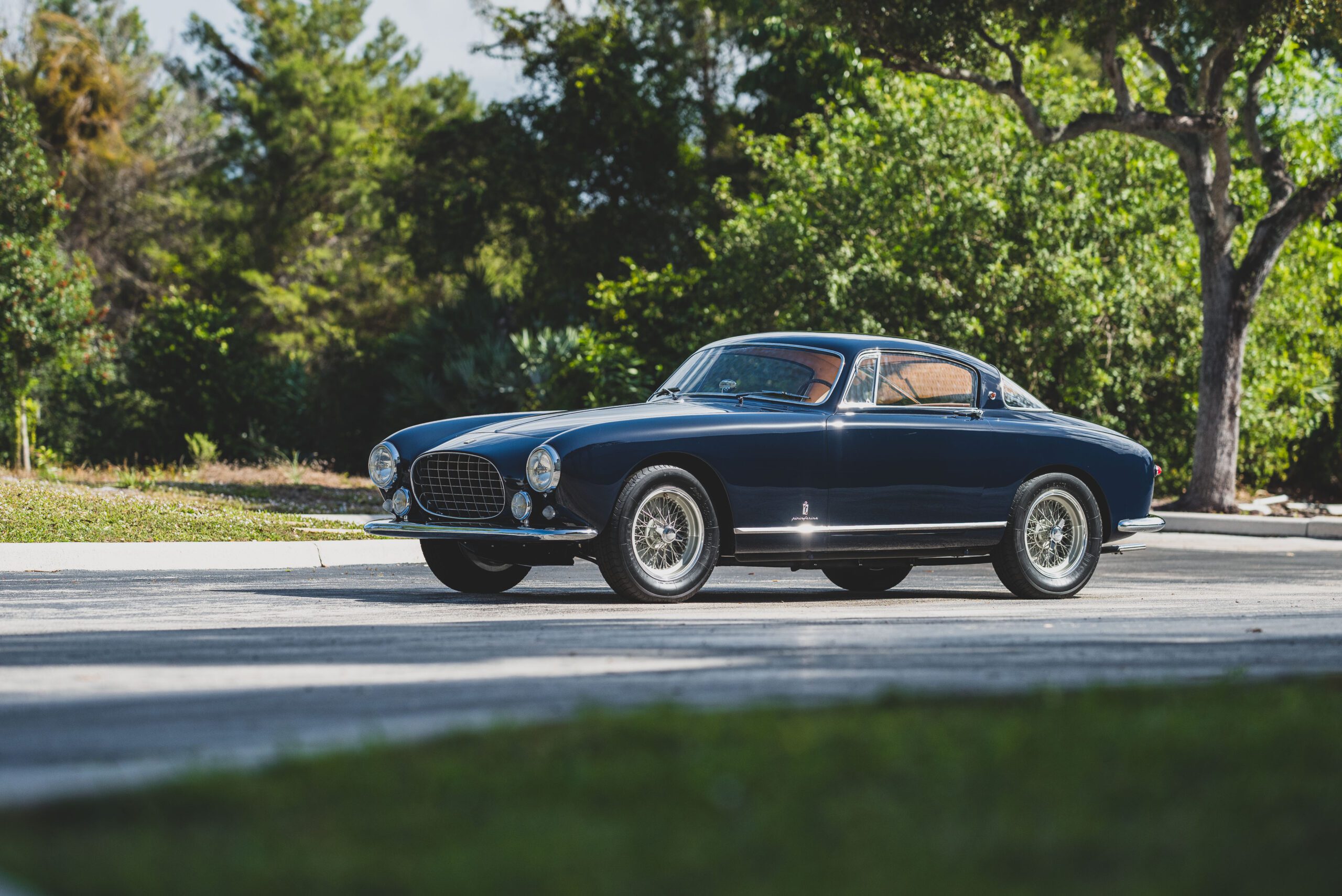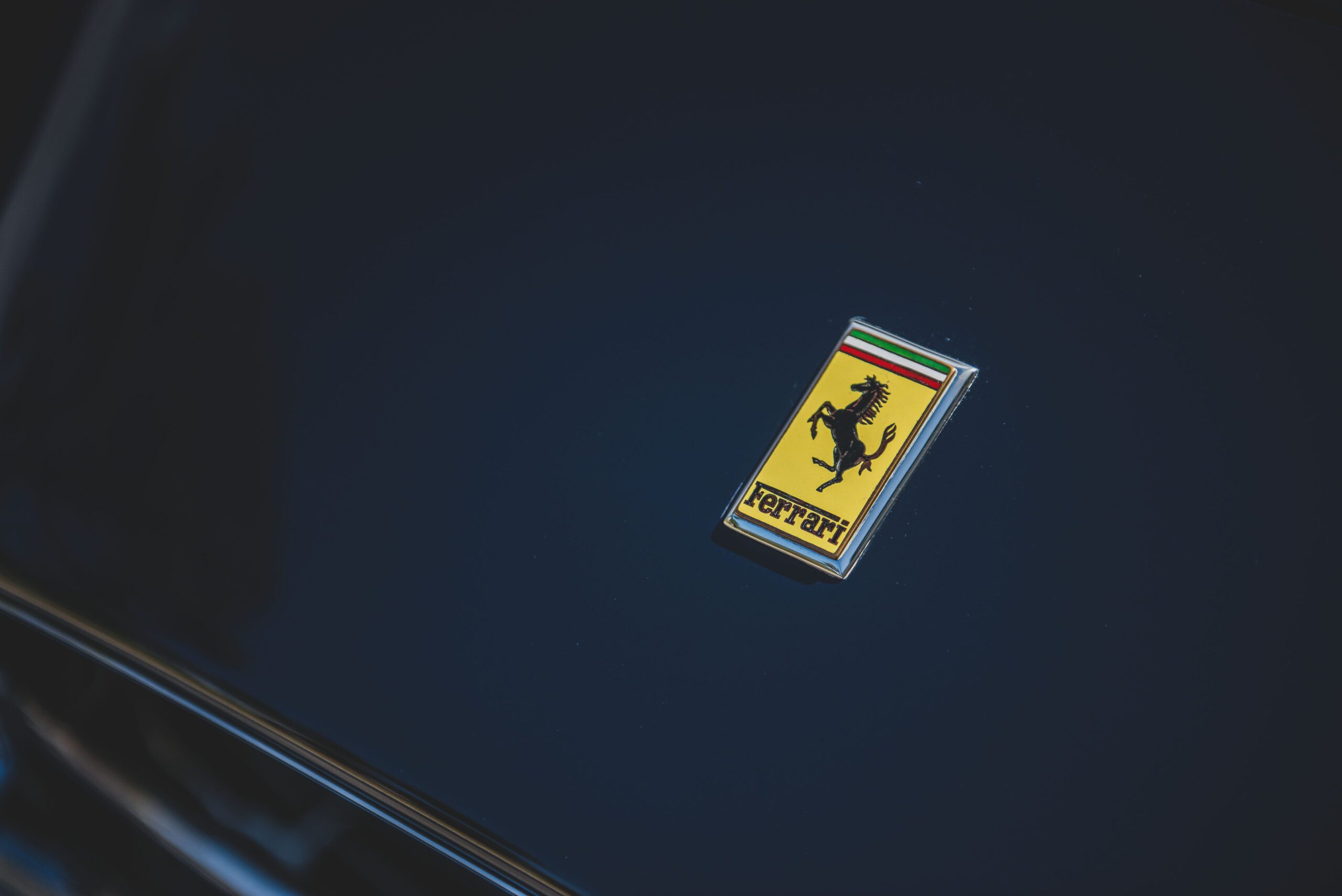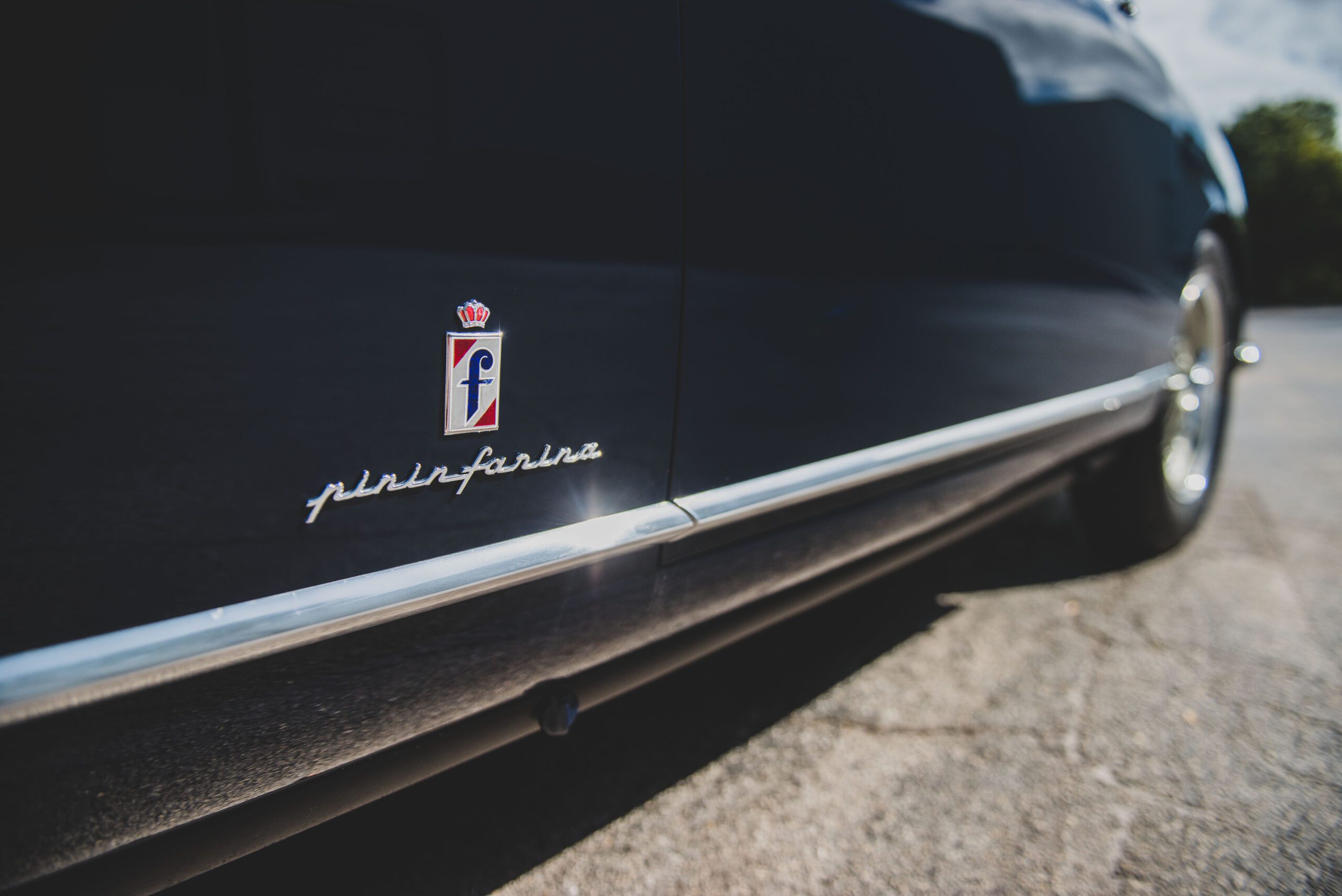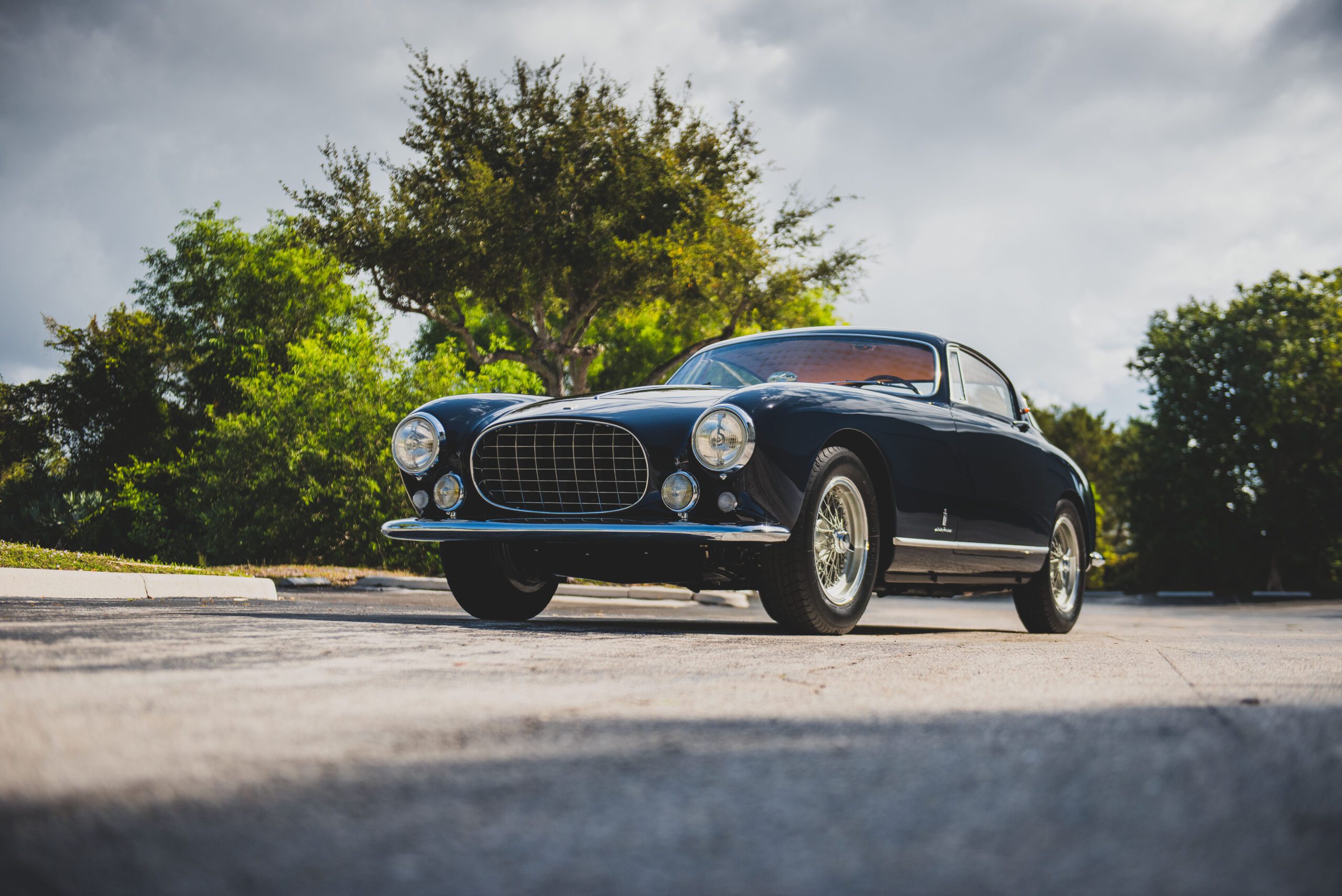After achieving success with V12 racing cars, Enzo Ferrari set his sights on creating luxurious road vehicles for discerning customers. Plans began during World War II, and in 1946, Gioacchino Colombo was tasked with designing a compact V12 engine for this new venture. Ferrari unveiled two significant models at the 1953 Paris Auto Salon: the 250 Europa, successor to the 212 Inter, and the larger 375 America.
The 250 Europa marked Ferrari’s entry into the Gran Turismo (GT) segment. Pinin Farina’s design, characterized by a long, low hood and oval radiator, became a hallmark Ferrari aesthetic. This collaboration produced the elegant and refined Europa, a benchmark for future Ferrari GTs. The car embodied both luxury and performance, ideal for cruising the glamorous French Riviera.
In 1954, the Europa GT, essentially an enhanced version of the original Europa, debuted at the Paris Auto Salon. The Colombo-designed engine now delivered 220bhp at 6,600rpm, while a shorter wheelbase reduced weight by 10%, translating to a higher top speed. The most significant upgrade was the advanced suspension system featuring independent coil springs and double wishbones, which improved handling, road holding, and ride quality.
However, this advanced suspension was only featured in a limited number of Europa GTs (less than 15). Additionally, large Alfin brake drums, later seen in the competition-oriented Tour de France model, provided superior stopping power.
Photos by Darin Schnabel courtesy of RM Sotheby’s

















